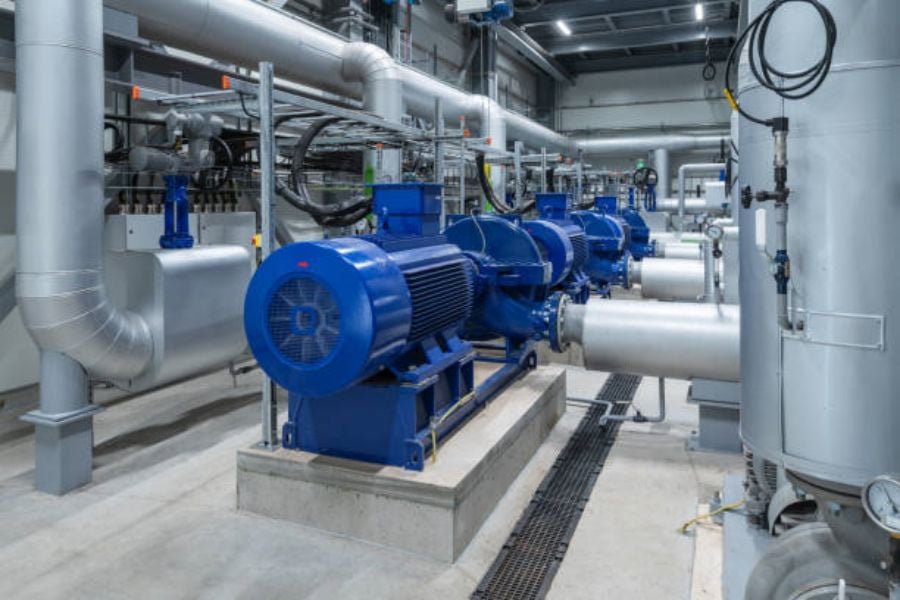Introduction
dielectric withstand testers play a crucial role in ensuring electrical safety. These devices are used to test the insulation of electrical equipment and determine their ability to withstand high voltage without breakdown. In this article, we will explore the various aspects of dielectric withstand testers and their significance in maintaining electrical safety.
Understanding Dielectric Withstand Testing
Dielectric withstand testing, also known as high-potential (hipot) testing, is a process used to verify the electrical insulation of equipment or devices. It involves subjecting the equipment to a higher-than-normal voltage to check if it can handle such stress without experiencing electrical breakdown or failure.
The Purpose of Dielectric Withstand Testing
The primary purpose of dielectric withstand testing is to ensure the safety and reliability of electrical equipment. By subjecting the equipment to higher voltages than it is normally exposed to during operation, any potential insulation weaknesses or defects can be identified. This helps prevent electrical accidents, such as shocks and fires, that may occur due to faulty insulation.
The Role of Dielectric Withstand Testers
Dielectric withstand testers are the specialized instruments used to perform these tests. They generate high voltages and apply them to the equipment under test. The testers measure the leakage current and identify any insulation breakdown or excessive current flow. They provide a pass or fail result based on predefined threshold values, ensuring compliance with safety standards.
The Working Principle of Dielectric Withstand Testers
Dielectric withstand testers operate by generating an AC or DC voltage that is significantly higher than the rated voltage of the equipment being tested. The voltage is applied between the conductive parts of the equipment and its insulation. The tester measures the leakage current and compares it to the acceptable limits. If the current exceeds the threshold, the equipment fails the test.
Benefits of Dielectric Withstand Testing
Dielectric withstand testing offers several benefits, including:
- Identifying insulation weaknesses or defects
- Preventing electrical accidents and injuries
- Ensuring compliance with safety standards and regulations
- Improving the reliability and performance of electrical equipment
- Minimizing the risk of equipment failure and downtime
Applications of Dielectric Withstand Testing
Dielectric withstand testing is widely used in various industries and applications, including:
- Electrical manufacturing
- Power distribution
- Telecommunications
- Medical equipment
- Aerospace and defense
These industries rely on dielectric withstand testing to ensure the safety and reliability of their products and systems.
Choosing the Right Dielectric Withstand Tester
When selecting a dielectric withstand tester, it is essential to consider factors such as voltage range, maximum current capacity, testing modes, safety features, and user-friendly interface. The tester should meet the specific requirements and standards of the industry or application it will be used in.
Compliance with Safety Standards
Dielectric withstand testing is subject to various safety standards and regulations, such as the International Electrotechnical Commission (IEC) standards. These standards define the testing procedures, voltage levels, and acceptable leakage current limits. Compliance with these standards ensures the reliability and safety of electrical equipment.
Conclusion
Dielectric withstand testers are essential tools for ensuring electrical safety and reliability. By subjecting equipment to higher voltages, these testers help identify insulation weaknesses or defects that may lead to electrical accidents. Compliance with safety standards and regulations is crucial in maintaining the integrity of electrical systems and preventing potential hazards. Choosing the right dielectric withstand tester is vital to ensure accurate and reliable testing results.

